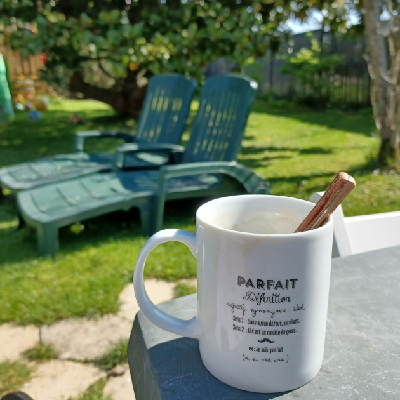Hi there, So I’m not a total n00b to 3D printing, but I’m not a pro either, so I thought I’d post here to get some insight on my suspicions.
I downloaded this little gizmo thing off Thingiverse. I didn’t design it. For several years, I had a InfuriEnder 5 which I got about 3 good prints out of in a dozen. So I upgraded to a Bambu Labs A1 with AMS Lite, which I love. Everything I’ve printed (and it’s been A LOT) has printed flawlessly with no input from me, until this little gizmo thing.
As you can see, it is printing a bit stringy, and I know enough to know it’s very likely because it’s basically trying to print in thin air without supports and the layers arent adhering to each other in the horizontal areas. Now, it doesn’t really have major issues. It ends up perfectly usable but I want it to be better. Preferably without supports. The designer says it doesn’t need supports but all of the places that this happens is clearly where things are horizontal “out in space”. For example, the stringy bits of the main photo above, that piece printed flipped from the way it’s sitting in the photo, so it would have printed the dome up.
ANYWAY. Could this be improved by just slowing down the printer to encourage better layer adhesion or something? I am trying to avoid supports because once it works out, I want to print a TON of these and I want to avoid a lot of post cleanup.
I mean, from what I see from your pictures, these models clearly need supports, at least in the orientation you’re printing them at.
Agreed.
There’s also not much reason not to use supports. A tree support wouldn’t as much time or material at all.
Everyone needs a little support sometimes.
Oh! Hang in there, buddy.
Yeah I agree with the other comments, domes are deceptive little shits to print the underside of. The layers tend to be undersized for the previous one as you get higher, and you quickly go past a reasonable angle for printing. At that point the rings you print are likely just barely touching the previous layer, and you get those separated rings that just get worse the higher up the dome you go.
I’d suggest lowering your layer height and possibly trying to flip and print the dome convex side down, possibly with some supports if it’s not flat. You might have to do some post prep but it should be a lot easier for the layers to stick in that orientation
Edit: I apologize you said no supports. I still think lowering layer height might help here
Since you want to avoid supports and cleanup, what I would do is modify the model to flatten out the inside of the dome. You can do it easily in most slicers by adding a cylinder part and squishing it until it’s more like a disc.
A flat roof to the inside of the dome will cause it to switch to bridging for that section which won’t be perfect but will be a lot better than stringing, especially if you play around with thick bridges.
Thanks everyone, for your input. I’ve got some great advice here to try and I’ll go for it. ❤️
Can you post the other side of the part ?



